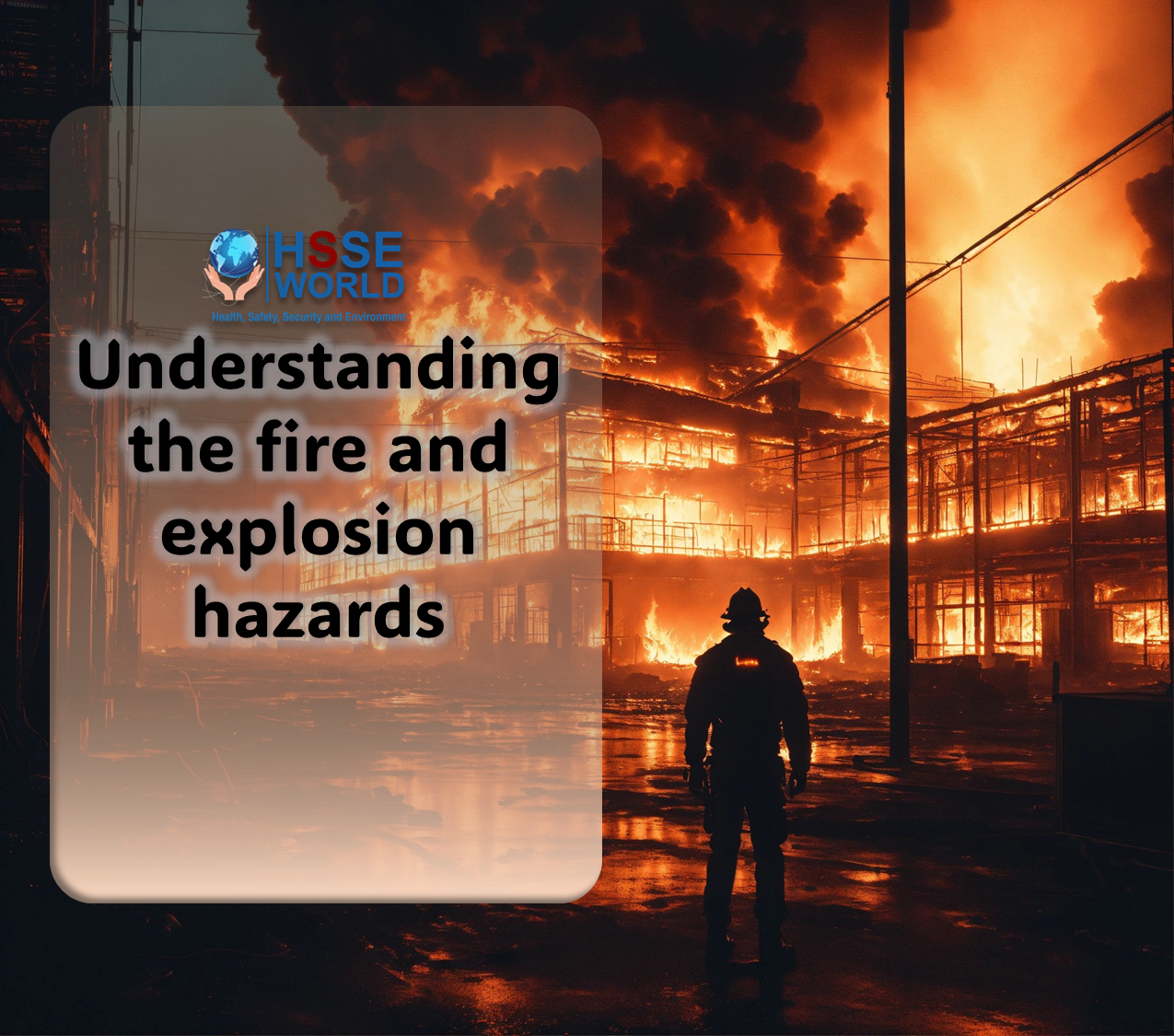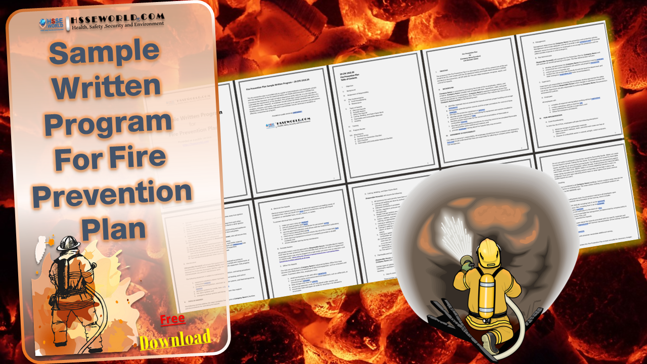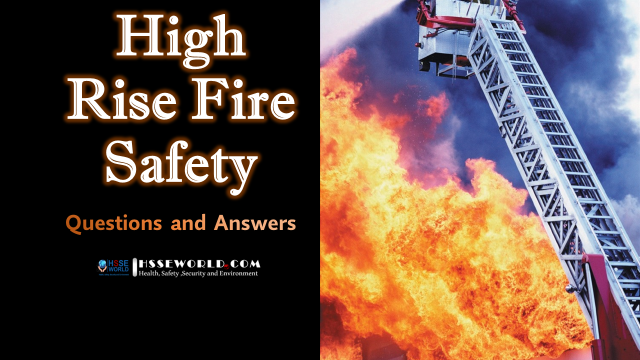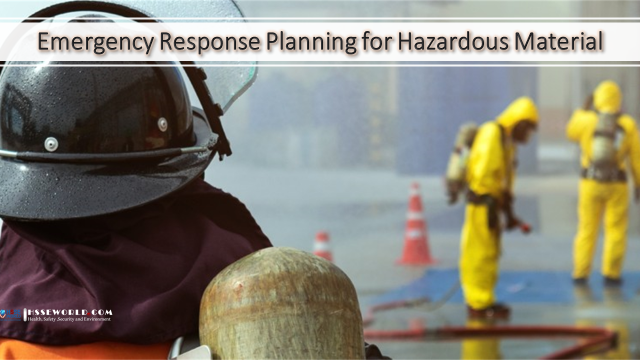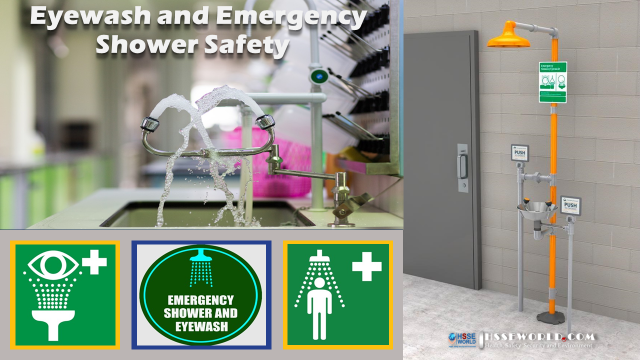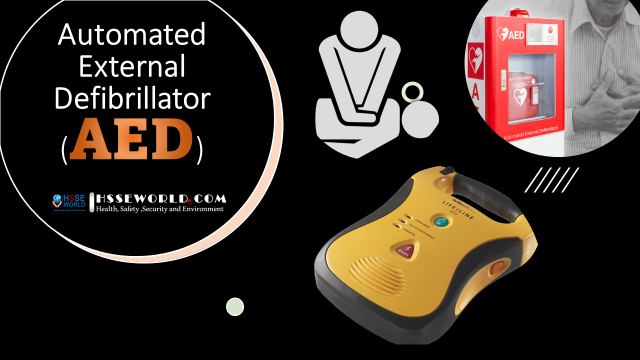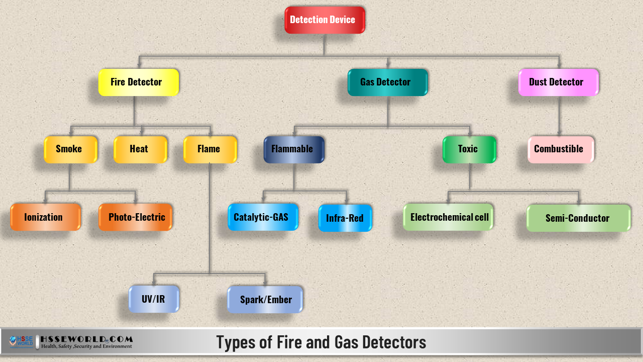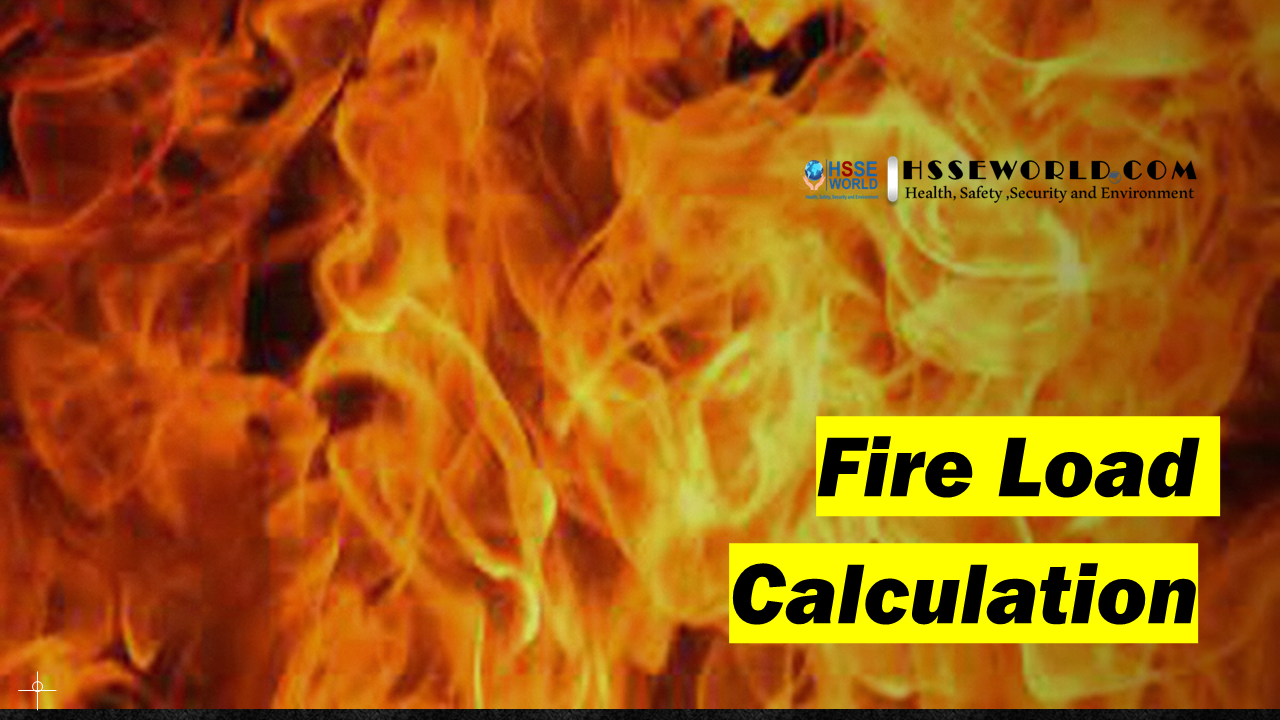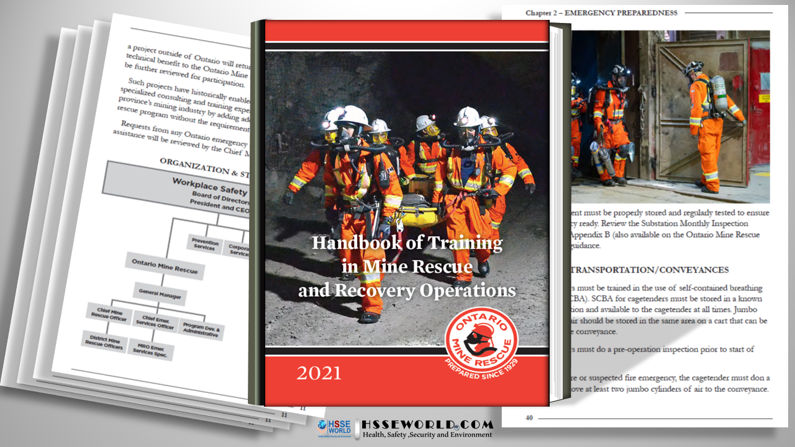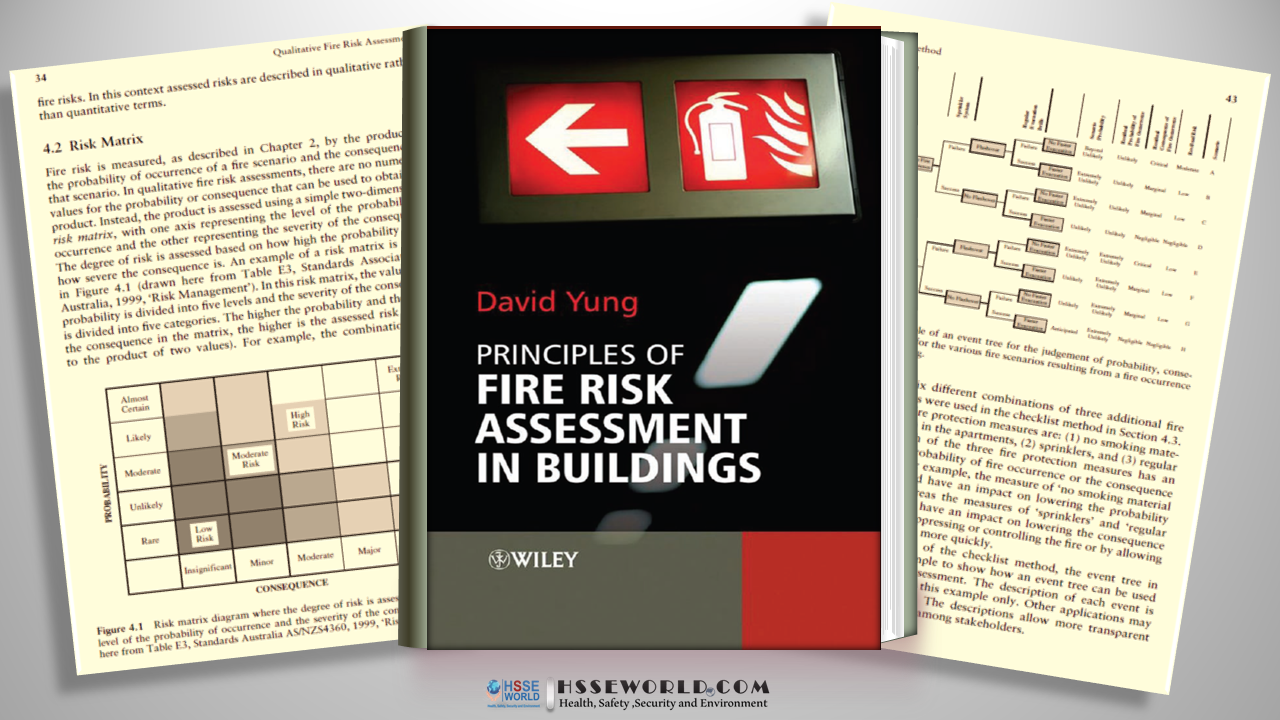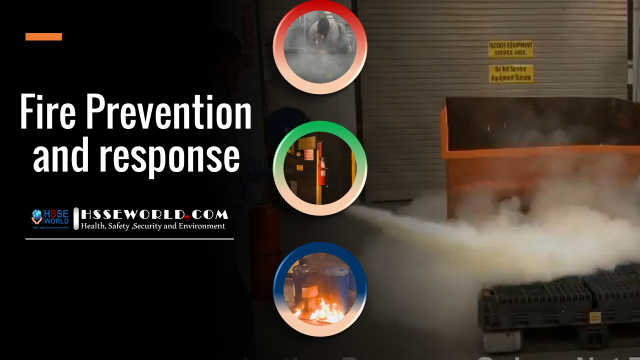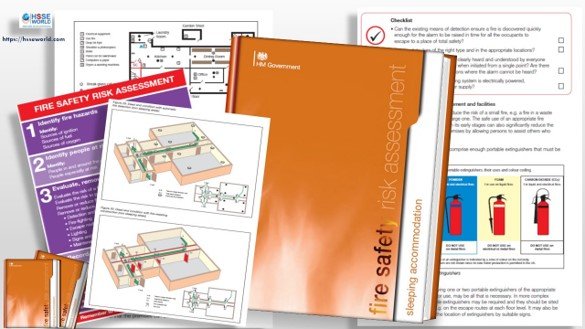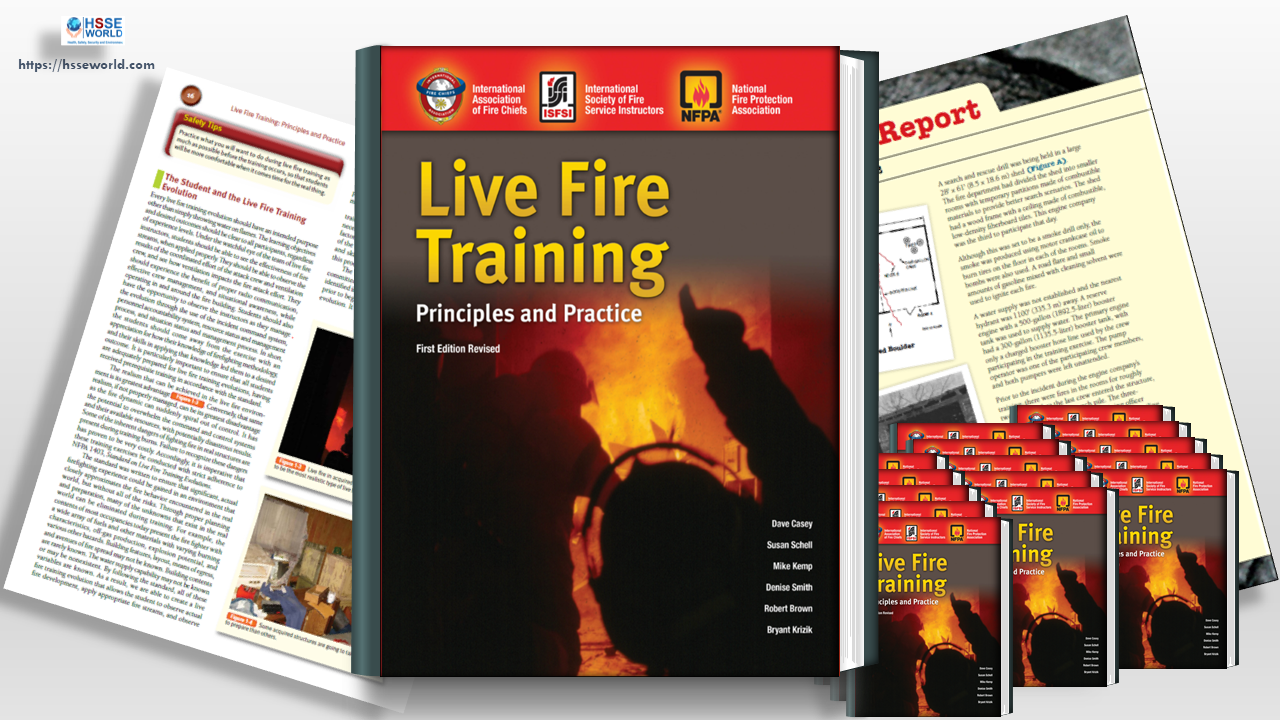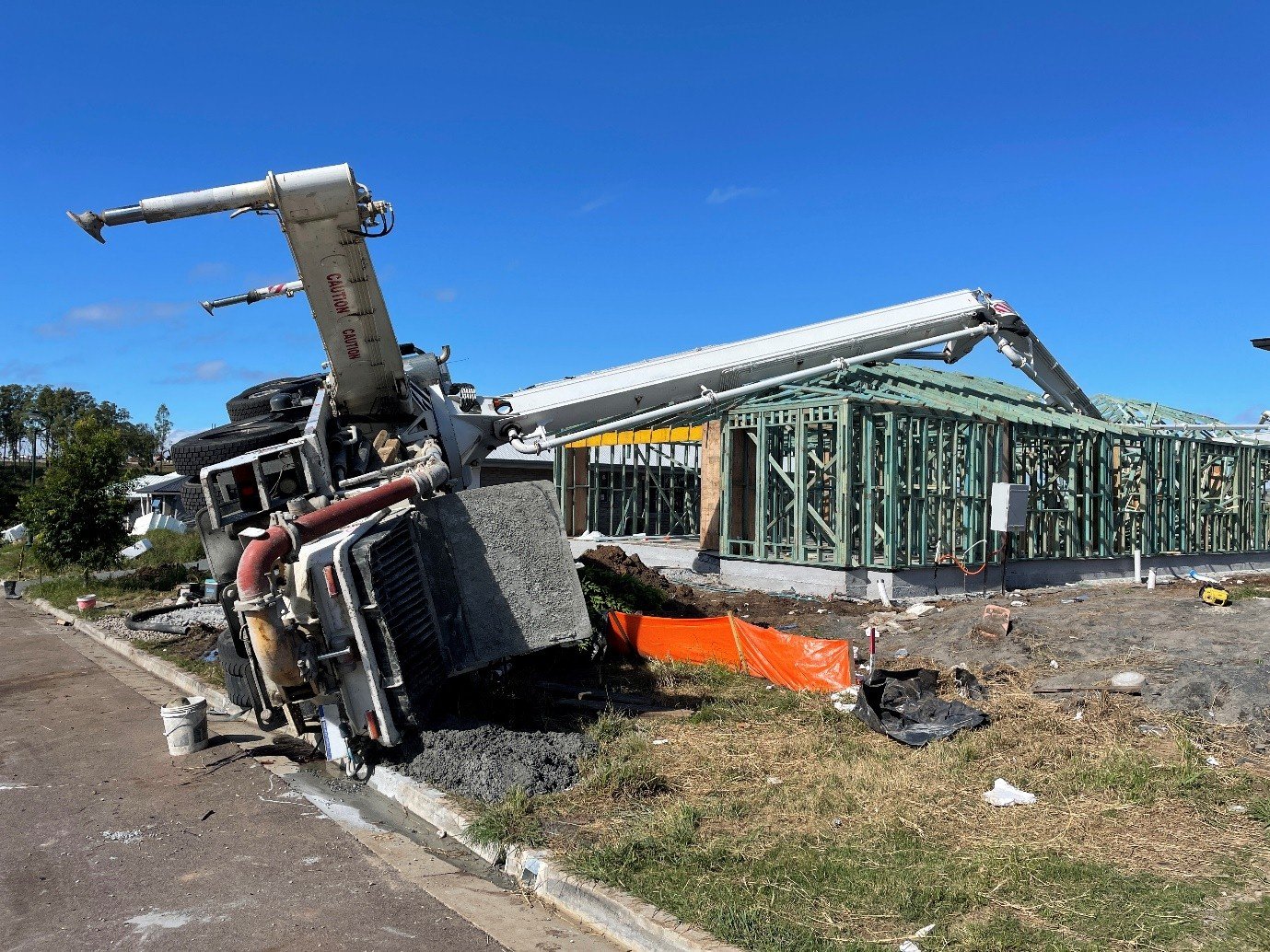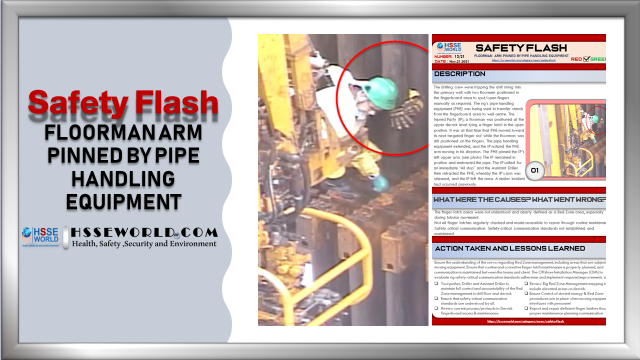Basement Flood Is Challenging to Deal With – Here’s What You Must Do!
In suburban areas of New York, a flooded basement is pretty standard, especially after heavy rain or property getting affected by natural calamities. This can lead to significant damage to the property and hurt the health and safety of the…
The Ultimate Home Emergency Guide for Families: Staying Prepared for the Unexpected
Welcome to Preparedness In an unpredictable world, being prepared for emergencies is crucial. Whether it’s a natural disaster, health emergency, or unforeseen event, having a well-thought-out emergency plan can make all the difference. This home emergency guide aims to equip…
Eye Wash Safety Program: Ensuring Optimal Protection and Preparedness
In today’s fast-paced working environments, prioritizing employee health and safety has become paramount. One crucial aspect of workplace safety is the implementation of an effective Eye Wash Safety Program. With the potential for eye injuries in various industries, it is…
Understanding the fire and explosion hazards
Fire and explosion hazards pose significant risks across various industries and environments. From industrial plants and laboratories to residential buildings and commercial establishments, the potential for fires and explosions exists, and understanding these hazards is crucial for ensuring safety and…
Photo of the day: If An Earthquake Shakes You-Infographic free
An earthquake is a sudden, rapid shaking of the earth caused by the shifting of rock beneath the earth’s surface. They strike without warning, at any time of year, day or night. Forty-five U.S. states and territories are at moderate…
Sample Written Program For Fire Prevention Plan
This fire prevention plan is provided only as a guide to help employers and employees comply with the requirements of the Occupational Safety and Health Administration’s (OSHA) Fire Prevention Plan Standard, 29 Code of Federal Regulations (CFR) 1910.39. It is…
E-Books: Site Emergency Planning Workbook
This workbook is intended to help users develop a comprehensive site emergency plan. It is intended to be used by both very small organizations, as well as large complex organizations as : This workbook focuses on responding to and protecting…
High Rise Fire Safety Questions and Answers
Several recent fires in high-rise buildings have awakened renewed interest in fire safety on the part of the public, and in particular, apartment dwellers. Since most high-rise buildings are of fire-resistive construction and possess reliable enclosed stairways, fires are generally…
Emergency Response Planning for Hazardous Material
Hazardous materials can be found in every community. They are in almost every home and in most hospitals and factories. Hazardous materials are shipped every day via land, air, and sea pathways and are frequently used to inspect pipelines If…
Facts about Fire Prevention
Fire can race through a structure in a matter of minutes, threatening the lives of that inside and leaving a devastating impact on businesses. Every year in the United States, the Bureau of Labor Statistics reports on the frequency of…
Eyewash and Emergency Shower Safety
Sufficient and properly working emergency eyewash and shower devices in the workplace are vital for easing eye and skin injuries. However, this equipment is not a substitute for safety eyewear, face shields, protective clothing, or other personal protective gear designed…
Facts about Automated External Defibrillator
An automated External Defibrillator ( AED ) is a small, lightweight device used to assess a person’s heart rhythm. If necessary, it administers an electric shock to restore a person’s normal heart rhythm during sudden cardiac arrest.When a person suffers…
Photo of the day: Flood Safety Tips
Flooding is a temporary overflow of water onto land that is normally dry. Floods are the most common natural disaster in many countries. Failing to evacuate flooded areas or entering floodwaters can lead to injury or death.( flood safety ) Floods…
Fire and Gas detection system and types of Fire and Gas Detectors
A fire and gas safety system continuously monitors for abnormal situations such as a fire, or combustible or toxic gas release within the plant; and provides early warning and mitigation actions to prevent escalation of the incident and protect the…
Q&A: What Does Fire Load Mean? and How do you calculate it?
Q: What Does Fire Load Mean? and How do you calculate it? A: “Fire load” is a term used to describe the potential severity of a fire within a specified space. It is therefore a form of hazard assessment and is…
E-Books: Handbook of Training in Mine Rescue and Recovery Operations ( 2021)
The purpose of the Handbook of Training in Mine Rescue and Recovery Operations is to provide a guide for the training of the members of mine rescue teams in the care and use of apparatus for protection in irrespirable atmospheres,…
E-Books: Principles Of Fire Risk Assessment In Buildings
Principles Of Fire Risk Assessment In Buildings by David Yung. This book has been prepared as a reference source for fire safety professionals working in the fire risk assessment field. It is also intended as a textbook for university students…
Video: Fire Prevention & Response
Fire safety and response is an important part of any organization’s Injury and Illness Prevention Plan. Correcting fire hazards and knowing how to respond to a fire can prevent injuries and save lives. This program provides an overview of best…
E-Books: Safety identification: Escape and evacuation plan signs- ISO 23601
This International Standard establishes design principles for displayed escape plans that contain information relevant to fire safety, escape, evacuation, and rescue of the facility’s occupants. These plans may also be used by intervention forces in case of emergency.These plans are…
E-Books: Fire Safety Risk assessment Guide – Sleeping Accommodation
Fire safety Risk assessment -Sleeping accommodations guide is divided into two parts: • Part 1 Explains what fire risk assessment is and how you might go about it.Fire risk assessment should be the foundation for all the fire precautions in…
Conventional or Addressable Fire Alarm System?
There are various differences between the two types of alarm systems – Conventional systems and Addressable systems. Thus, choosing a better fire alarm system becomes a critical choice because you have to decide on the company. If we talk about the main…
E-Books: Live Fire Training: Principles and Practice
Live Fire Training: Principles and Practice to NFPA 1403, provides a definitive guide on how to ensure safe and realistic live-fire training for both students and instructors. All firefighters need the safe and controlled “real-life” training offered through live-fire exercises…
Fire safety for office workers
While office workers often don’t think much about the potential for fire while performing their jobs, there are more than 1,000 fires in office environments each year. Such factors as employee complacency; office equipment and appliances that generate heat; and…
E-Books: Fire and Emergency Drill Manual and Building Inspection Guide
Fire and Emergency Drill Manual and Building Inspection Guide published : To suggest processes for the preparation, conduct and evaluation of drill. To serve as a guide for carrying out periodic inspection of building/premise. National Building Code 2016 (Part 4:…




